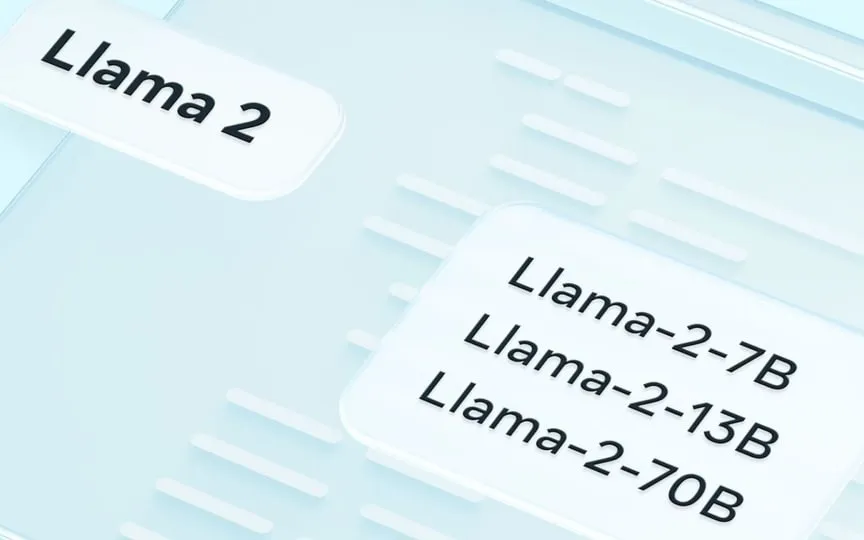Five Highlights of AI Platform LLaMA: A Competitor to Meta’s ChatGPT
Meta, the parent company of Facebook, has made a significant entrance into the AI field despite being a latecomer. In a recent announcement during Microsoft’s Inspire event, Meta revealed that it will be making its extensive language platform, LLaMA, open-source and completely free for both research and commercial use. This approach mirrors OpenAI’s ChatGPT. Additionally, Meta announced its partnership with Microsoft and expressed its increased support for products like Azure and Windows. Here are five key details to know about Meta’s AI platform.
1. What is LLaMA?
In February, Meta announced the Large Language Model Meta AI (LLaMA) platform, a large language model based on 65 billion parameters. In making the announcement, Meta revealed that the platform was designed to help researchers advance their work in this subfield of generative artificial intelligence. The company acknowledges it as a smaller base model and argued that for many researchers trying to understand generative AI, smaller models are more desirable because “it requires far less computing power and resources to test new approaches, validate the work of others, and explore new use cases”.
The company recently released the LLaMA 2 platform.
2. Why Meta and Microsoft cooperate with LLaMA
At the Microsoft Inspire event, Meta announced its cooperation with the Windows manufacturer. Within the framework of this cooperation, Meta extends the capabilities of the LLaMA 2 platform to Microsoft’s Azure and Windows. In its announcement, Microsoft stated: “Llama 2 is designed to empower developers and organizations to build creative AI-powered tools and experiences… We offer developers a choice in the types of models they build on and support open and constrained models, and we’re excited to be Meta’s preferred partner when they release its new version of Llama 2 for commercial customers for the first time”.
3. What exactly does this partnership mean for Azure and Windows developers?
Microsoft explained that LLaMA 2 will be part of Azure’s AI model catalog. The template is in public preview and allows developers to remove the need to manage all infrastructure dependencies when deploying Llama 2. It provides turnkey support for model fine-tuning and evaluation, including powerful optimization techniques such as DeepSpeed and ONNX Runtime, which can significantly speed up model fine-tuning, the blog mentioned.
4. Why LLaMA is now open source and freely available
Meta revealed that the LLaMA platform will be open source and free for research and commercial purposes. Meta claims that the reason is mutual benefit. While users can access and use the AI tool, it also makes LLM more robust and helps it progress.
Emphasizing the latter, Meta stated: “Opening up the possibility of using current AI models means that a generation of developers and researchers can test them, identify and solve problems quickly as a community. By seeing how others use these tools, our own teams can learn from them, improve the tools and fix vulnerabilities.”
5. LLaMA focuses on transparency
Meta is taking several steps to ensure that LLaMA remains a responsible platform focused on transparency and access, the company stated. Some of the exercises the company has implemented are Red-Teaming Exercises, sharing transparency diagrams of its model in its research paper, sharing a user guide, and a fair-use practice to limit potentially harmful behavior from the use of AI.




